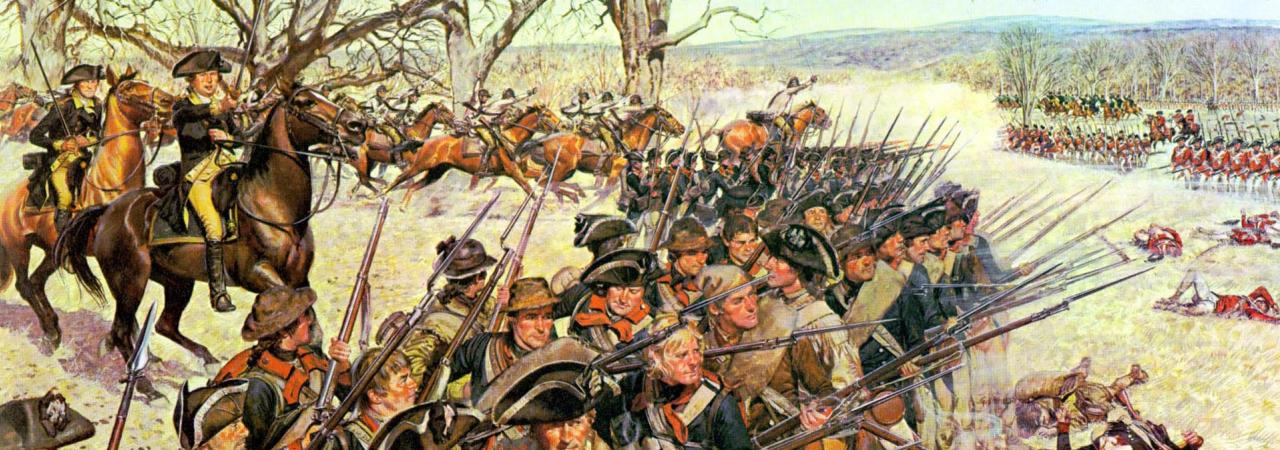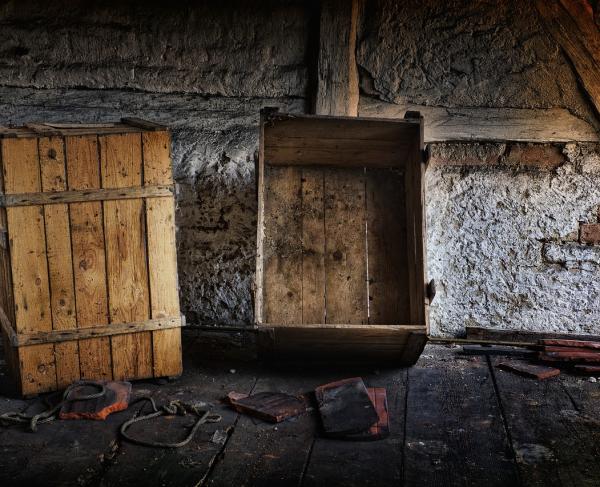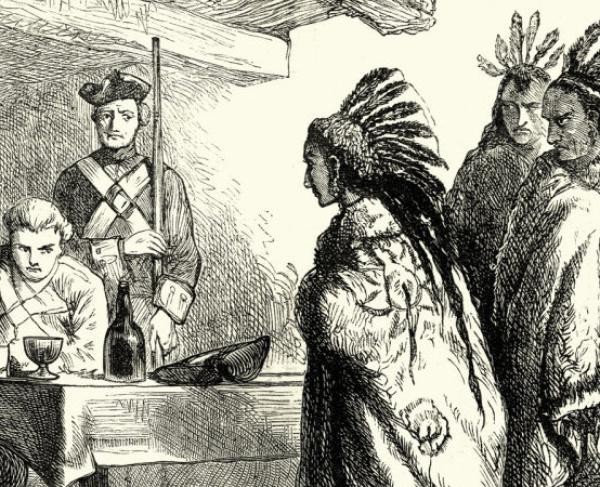
The 1st Maryland Line stands their ground at the Battle of Guilford Courthouse
Fact #1: The Southern Campaign was a British attempt to reinvigorate the war effort
For the first four years of the American Revolution, British efforts were focused primarily on the Middle Colonies and Northern Colonies. Crown leadership believed that isolating New England, the hotbed of the Patriot fervor, from its sister colonies would bring a quick end to the conflict. The British captured New York City in 1776 and the American capital of Philadelphia in 1777. Despite these advances, a British army surrendered at Saratoga and Sir William Howe and Sir Henry Clinton had been unable to destroy Gen. George Washington’s Continental Army. By the fall of 1779, Washington had fought the British to a standstill. To revive British fortunes, Clinton set out to conquer the South. With the capture of Georgia, the Carolinas and Virginia, the British believed that the other colonies would capitulate.
Fact #2: The British had already experienced some success in the South
In late December 1778, a British command under Archibald Campbell captured Savannah, Georgia. Reinforced by Gen. Augustine Prevost, Campbell then marched on and captured Augusta. Despite a Patriot victory at Kettle Creek and the abandonment of Augusta, Campbell, defeated a Patriot force at Brier Creek in March, 1779. That fall, an American attempt to recapture Savannah was thwarted. By the end of the year, the British stood poised to expand their operation into South Carolina.
Fact #3: The British hoped for an abundance of Loyalist support during the campaign
The idea that most colonial subjects were loyal to King George III pervaded the British government and high command throughout the war. It was believed a strong Loyalist enclave existed in South Carolina. Crown authorities felt the loyalists only needed the support of a British army in the field to rise, suppress the rebellion and restore Royal authority. In order to support this anticipated movement, the British appointed an inspector of militia, Major Patrick Ferguson, to recruit and organize Loyalist elements in the Carolinas.
Fact #4: The campaign began with American disasters
On December 26, 1779, Sir Henry Clinton sailed with a British expeditionary force from New York bound for Charleston, South Carolina. The city was defended by Major General Benjamin Lincoln’s American army of 5,000 men. Clinton laid siege to Charleston beginning in early April and on May 12, 1780, Lincoln surrendered. The following month, Clinton returned to New York and left Lord Charles Cornwallis in command. Cornwallis soundly defeated Continentals under Major General Horatio Gates at the Battle of Camden in the middle of August. Gates lost 1,900 of 3,400 men engaged during the battle. Gates was replaced in October by Major General Nathanael Greene.
Fact #5: American militia continued the fight after Charleston and Camden
Despite the loss of Charleston and defeat of the Continental army at Camden, American militia remained in the field. Under the command of Thomas Sumter, Andrew Pickens, Francis Marion and William R. Davie, the militia continued to engage the British. Small successes, particularly those of Marion, at Great Savannah (Nelson’s Ferry), Blue Savannah and Black Mingo Creek helped maintain Patriot morale.
Fact #6: The Battle of King's Mountain helped turn the tide in favor of the Americans
Cornwallis pushed into North Carolina after his victory at Camden. A key piece of this movement was the protection of the British left flank. This responsibility was relegated to Patrick Ferguson. Ferguson hoped to recruit additional Loyalists to the ranks, however, his hotblooded proclamations ran afoul of the settlers in the area, known as the Over-Mountain Men. Under the leadership of Isaac Shelby and John Sevier, men from the Carolinas, Virginia and Tennessee assembled to engage Ferguson. They cornered him at King’s Mountain on October 7, 1780. The ensuing battle was the first critical victory for the Americans in South Carolina and its impact rippled throughout the region. Ferguson’s entire command was either killed or captured and Cornwallis was forced to abandon his advance and retreat to South Carolina. It also served as a critical deterrent to British efforts to inspire loyalist support.
Fact #7: The Americans mastered the Defense-in-Depth
A common tactic adopted by the Americans during the Southern Campaign came to be known as a defense in depth. The practice involved forming multiple lines of battle. Each successive position engaged the attacking force and then withdrew. Such a method was designed to delay an enemy advance and inflict as many casualties as possible. Elements of Greene’s army under Brigadier General Daniel Morgan utilized it against a hand-picked British force under Banastre Tarleton at the Battle of Cowpens on January 17, 1781. The engagement was a resounding American triumph. Tarleton was routed and lost 860 men of 1,100 engaged. Greene employed the method again against Cornwallis’s main army at Guilford Court House on March 15. Although Cornwallis drove Greene from the field the engagement cost him twenty five percent of his command.
Fact #8: The campaign steadily wore down Cornwallis
The planned conquest of the South sapped the strength of the British army. Cornwallis sustained devastating losses at King’s Mountain, Cowpens and Guilford Court House. After Cowpens, in order to quickly bring the Americans to battle, Cornwallis destroyed his baggage train, which left his men without a consistent supply source. Additionally, the race to catch Greene completely exhausted his men. These circumstances compelled the British commander to march on Wilmington, North Carolina after Guilford Court House. Left without any viable alternatives and hoping to salvage the campaign, Cornwallis marched north to Virginia.
Fact #9: Fighting continued after Guilford Courthouse
Even though the main British army had left the Carolinas by the late spring of 1781, the campaign continued. Rather than follow Cornwallis to Virginia, Greene elected to strike back into South Carolina. For the next several months, Greene, supported by American partisans harassed the remaining British garrisons, with major fights at Ninety-Six and Hobkirk’s Hill. The last engagement in South Carolina took place between Greene and British General Alexander Stewart at Eutaw Springs on September 8, 1781. Although Greene lost many of the battles he fought, he pushed the British out of the interior and back to Charleston.
Fact #10: The American Battlefield Trust continues to preserve land related to the Southern Campaign
Through the efforts of the American Battlefield Trust and its members 766 acres of battlefield property related to the Southern Campaign have been preserved. In partnership with the South Carolina Battleground Trust, the Trust is currently working to establish the Liberty Trail. Made up of four distinct tours, the Liberty Trail will take visitors to 69 significant sites related to the American Revolution in South Carolina. These places provide an opportunity to educate current and future generations on the moments that had a direct impact on our Nation’s struggle for independence.


